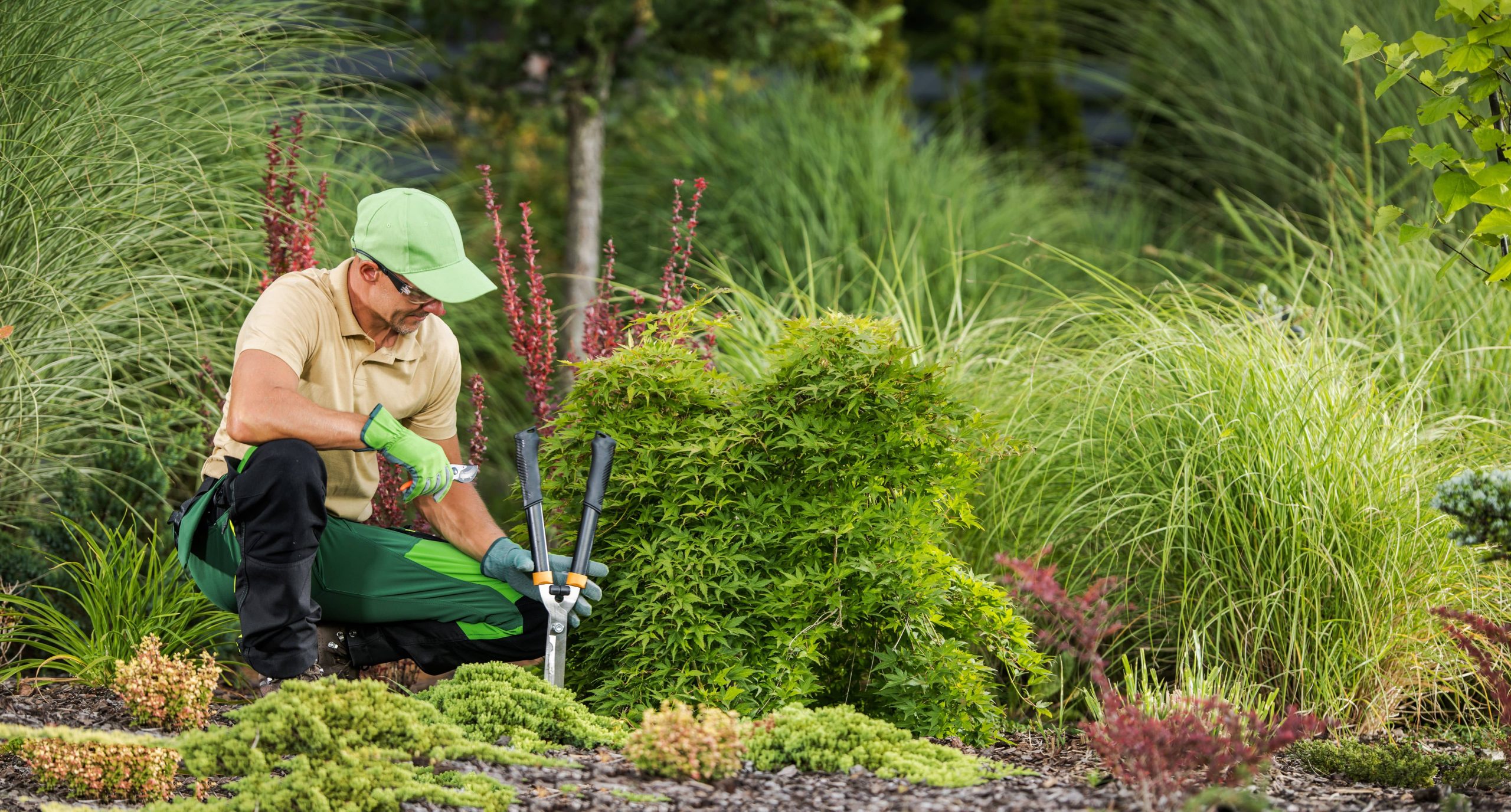
Creating a garden pathway can transform your outdoor space into a functional and aesthetically pleasing area. Whether you are guiding visitors through your lush garden or connecting different spaces within your yard, a well-designed pathway adds a sense of flow and structure. Fortunately, designing and building a garden pathway is a rewarding DIY project that doesn’t require a hefty budget. In this post, we will explore creative ideas using gravel, brick, and natural stone to craft stunning garden pathways.
Planning Your Pathway: The First Steps
Before diving into materials and design, it’s essential to set some groundwork for your pathway project. Begin with considering the purpose and location. Are you building a path to link your patio to your vegetable garden, or maybe guiding a stroll through your floral beds? Understanding its function will help you decide on the width, design, and materials that best suit your needs.
Mapping out the path is crucial. Use a garden hose or string line to lay out the proposed path, observing curves, angles, or straight lines. Think about the flow with existing features like trees, flowerbeds, and shrubs. Once you are satisfied with the design, outline the edges with stakes and spray paint to mark the borders.
Gravel Pathways: Natural Simplicity
Gravel paths are an excellent choice for a more informal garden setting. They are simple to install, cost-effective, and can be customized easily with different shapes and sizes. Here’s how you can create a stunning gravel path:
Materials Needed:
– Landscape fabric
– Edging materials (metal, wood, brick)
– Gravel (pea gravel, crushed stone)
Steps:
1. Clear and Level the Ground: Remove any grass or plants and level the surface.
2. Lay Landscape Fabric: This prevents weeds from invading the path while allowing water drainage.
3. Install Edging: Use metal, wood, or brick to edge the path and contain the gravel. This helps maintain the shape and prevents the gravel from spreading out.
4. Add Gravel: Spread a layer of gravel over the landscape fabric, aiming for about 2–3 inches in depth. Use a rake to level and smooth the gravel.
5. Compact the Gravel: Walk over the path several times or use a garden roller to compact and secure the gravel.
Gravel pathways exude natural simplicity, blending seamlessly with the environment. Consider adding solar-powered lights to illuminate the path and highlight its charm during the evening hours.
Brick Pathways: Timeless Elegance
Brick pathways bring a classic elegance to any garden. They are durable, weather-resistant, and offer versatile design possibilities with different laying patterns such as herringbone, basketweave, or running bond. Here’s how to get started:
Materials Needed:
– Sand or gravel base
– Landscape fabric
– Edging materials
– Bricks
Steps:
1. Dig Out the Pathway: Dig about 6-8 inches below the ground surface.
2. Lay the Base: Spread a 2-3 inch layer of gravel or sand across the bottom, leveling it and tamping it down.
3. Install Edging: Like the gravel path, install edging to maintain form and support the bricks.
4. Apply Landscape Fabric: Place fabric across the base to prevent weeds.
5. Lay the Bricks: Begin placing the bricks in your chosen pattern. Start at one edge and work across, using spacers to maintain even gaps.
6. Settle the Bricks: Pour sand over the bricks and sweep into gaps. Use a plate compactor or mallet to level the bricks, adding more sand as needed.
Brick pathways embody timeless charm. Enhance their appeal with creative edging, vibrant surrounding plants, and focal points like garden statues or water features.
Natural Stone Pathways: Rustic Beauty
For a more organic and rustic aesthetic, natural stone pathways are unbeatable. Each stone’s unique shape and texture contribute to a one-of-a-kind path that harmonizes with nature. Here’s a guide to crafting your own:
Materials Needed:
– Landscape fabric
– Sand or gravel
– Natural stones (flagstone, bluestone, slate)
Steps:
1. Prepare the Pathway: Follow the same procedure of digging, leveling, and laying a base of sand or gravel.
2. Position the Stones: Arrange stones before placing them to determine the most visually appealing layout. Ensure there’s a natural flow with stable stepping stones.
3. Set the Base: Apply landscape fabric to inhibit weed growth.
4. Lay the Stones: Adjust each stone in the sand/gravel base. Use smaller stones or sand to stabilize them and fill gaps.
5. Check Stability: Ensure each stone is level and doesn’t wobble. Fill spaces with gravel, smaller stones, or ground cover plants.
Natural stone paths emanate rustic elegance. Encourage moss or ground cover to grow between stones, adding to the path’s organic allure.
Conclusion
Crafting a garden pathway using gravel, brick, or natural stone opens a world of creativity and personalization, enabling you to design an inviting journey through your garden. Whether you favor the easygoing appeal of gravel, the classic allure of brick, or the rustic charm of natural stone, each pathway can truly transform your outdoor space. The best part? You don’t need to be an expert—just a bit of planning, patience, and creativity will get you there. So, gather your materials, roll up your sleeves, and start building the pathway of your garden dreams. Your garden awaits to unveil its new character—a place where every step stirs the soul and reconnects you with nature.







